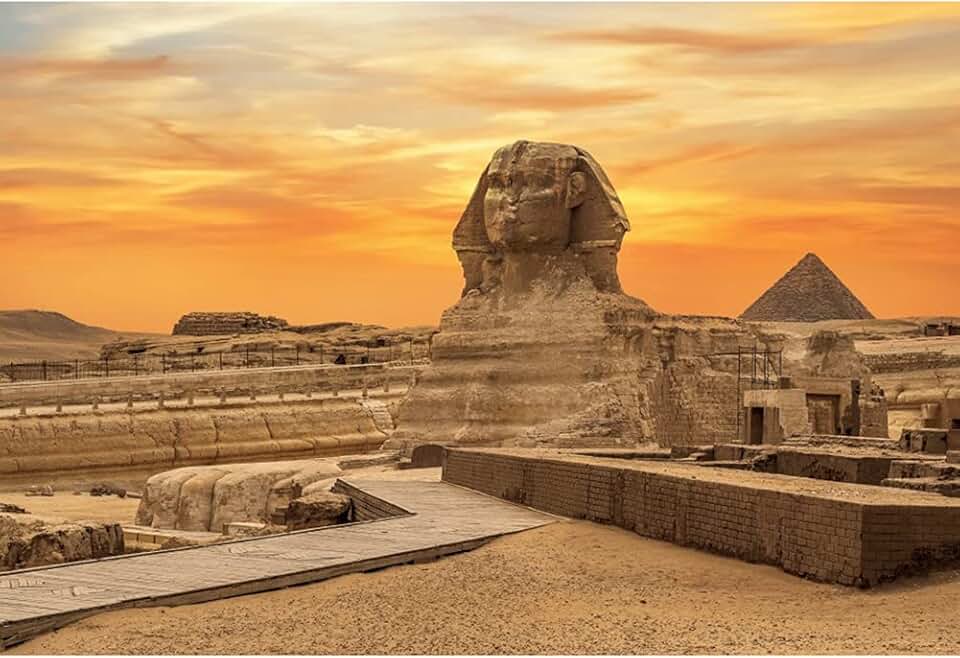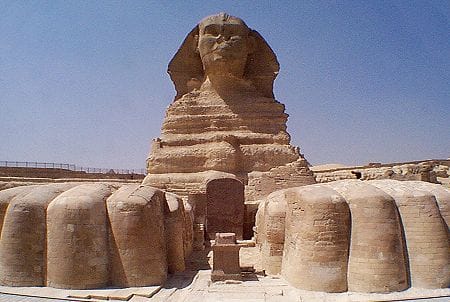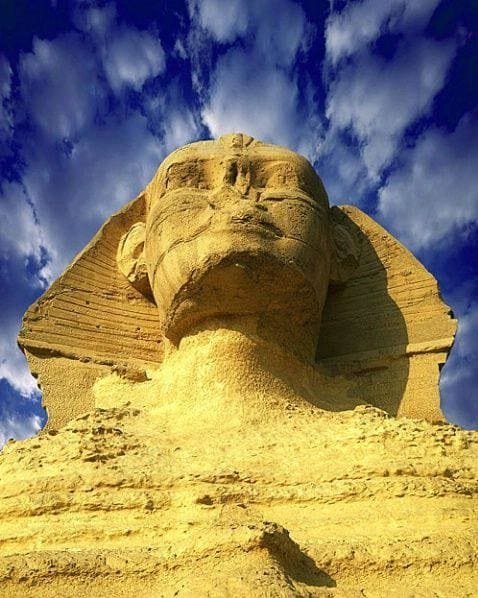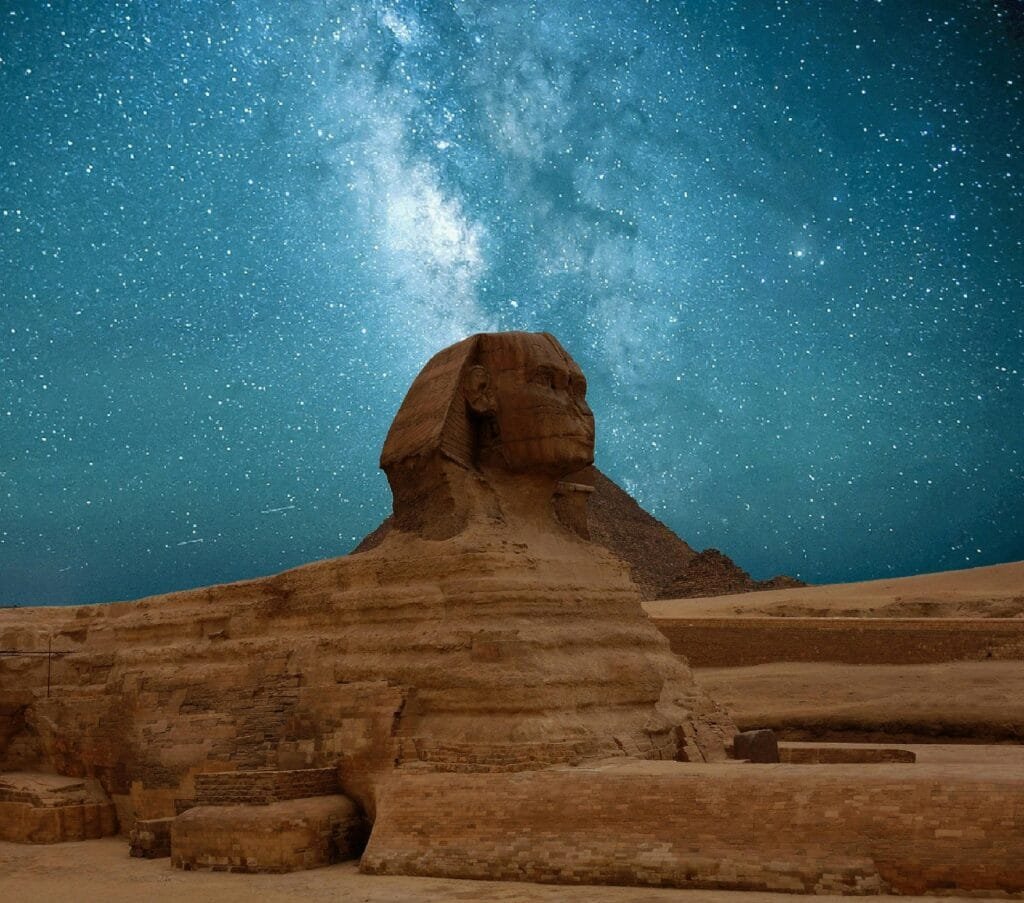The Great Sphinx of Giza is one of the most iconic and enigmatic monuments of ancient Egypt. Carved from a single limestone bedrock, the Sphinx features the body of a lion with the head of a human, widely believed to represent the Pharaoh Khafre, who reigned during the Fourth Dynasty. Situated near the Pyramid of Khafre on the Giza Plateau, the Sphinx stands as a symbol of power, strength, and divine authority. With its immense size—approximately 73 meters (240 feet) long and 20 meters (66 feet) high—it is the largest monolithic statue in the world. The Sphinx has long captured the imagination of historians, archaeologists, and tourists alike, becoming a symbol not only of ancient Egypt but also of the enduring mysteries that surround its civilization. Its original purpose, construction techniques, and the identity of the face it bears are topics that have sparked debate and fascination for centuries.
Egypt Tour Magic
Each tour type can be adjusted in terms of duration, activities, and accommodations to best meet the needs and interests of your clients.
About Us
Embark on a journey with Egypt Tour Magic and discover the magic of Egypt like never before …
Our Services
Discover the magic of Egypt with Egypt Tour Magic, where every detail is taken care of to ensure..
Our Team
At Egypt Tour Magic, our dedicated team is passionate about creating unforgettable travel experiences....
Refund and Returns Policy
At Egypt Tour Magic, we strive to provide exceptional travel experiences. However ..
Contact Us
We’re here to help you with any questions or to assist you in planning your next ..
Egypt Tour Magic
Explore More About Us








